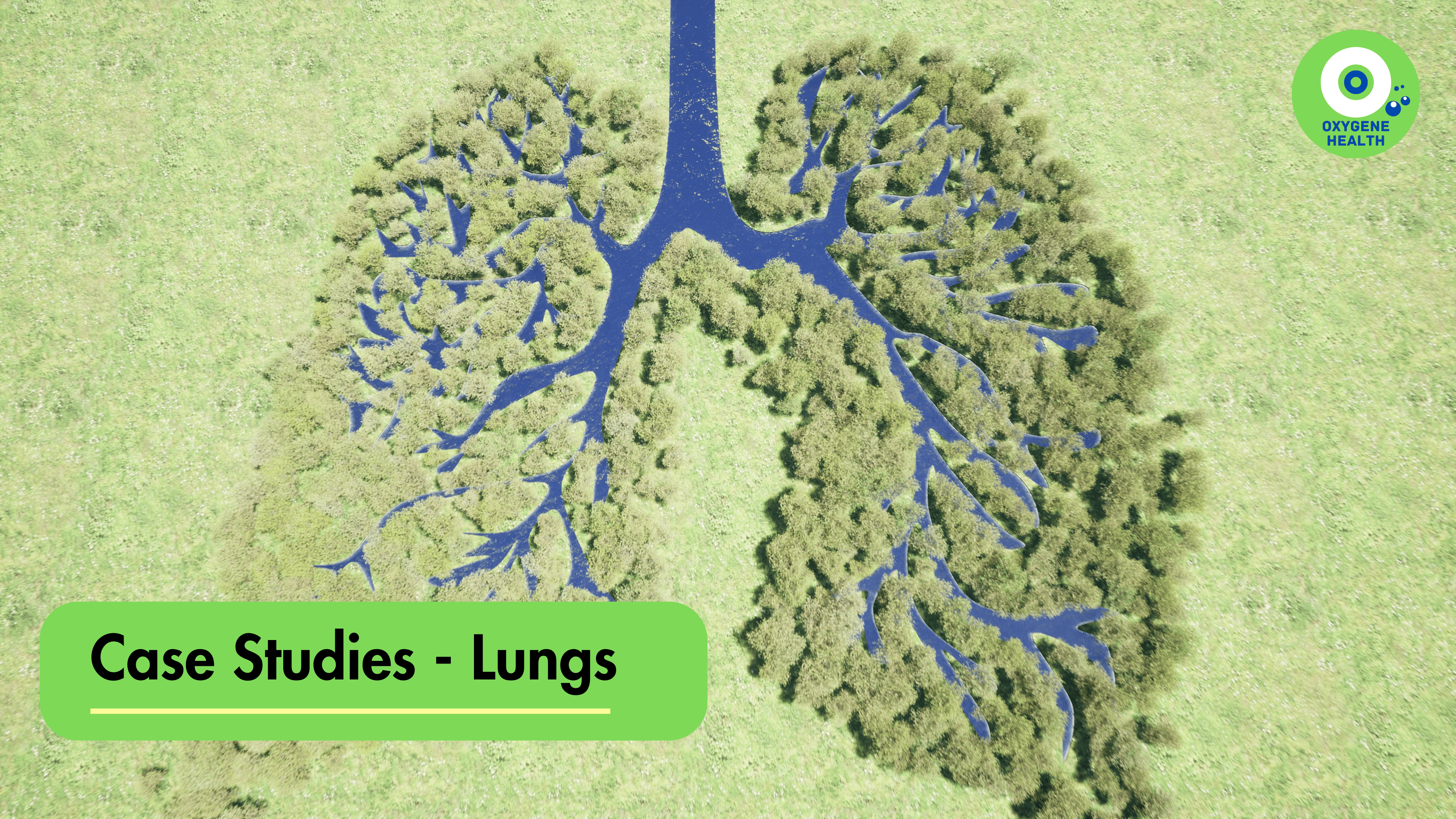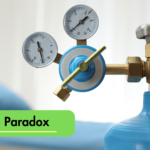Patient Background:
Sarah is a 65-year-old woman with a history of chronic obstructive pulmonary disease (COPD) and recurrent exacerbations requiring hospitalization. She presents to the emergency department with worsening dyspnea, cough, and increased sputum production over the past few days. On examination, Sarah is tachypneic, using accessory respiratory muscles, and demonstrates signs of respiratory distress.
Clinical Presentation:
Sarah’s symptoms are consistent with an acute exacerbation of COPD, likely triggered by a respiratory infection or environmental factors such as air pollution or tobacco smoke exposure. Her oxygen saturation is below normal range on room air, indicating hypoxemia, and arterial blood gas analysis confirms respiratory acidosis secondary to ventilation-perfusion mismatch.
Treatment Plan:
Given the severity of Sarah’s respiratory distress and hypoxemia, her medical team initiates oxygen therapy as a cornerstone of her treatment plan. The goal is to improve oxygenation, alleviate respiratory distress, and stabilize her condition while addressing the underlying cause of her exacerbation.
Oxygen Therapy Protocol:
Sarah receives oxygen therapy via a nasal cannula, with the flow rate titrated to achieve target oxygen saturation levels based on her clinical status and arterial blood gas values. Supplemental oxygen is administered continuously to maintain adequate oxygenation and relieve hypoxemia.
Progress and Outcomes:
Throughout the course of oxygen therapy, Sarah and her medical team observe several positive outcomes in the management of her respiratory illness:
- Improved Oxygenation: Oxygen therapy effectively increases Sarah’s oxygen saturation levels, correcting hypoxemia and improving tissue oxygen delivery. This alleviates her respiratory distress and reduces the workload on her respiratory muscles.
- Symptom Relief: Sarah experiences relief from dyspnea and respiratory distress within minutes of initiating oxygen therapy. Her breathing becomes less labored, and she reports feeling more comfortable and able to rest.
- Stabilization of Vital Signs: Oxygen therapy helps stabilize Sarah’s vital signs, including respiratory rate, heart rate, and blood pressure. This indicates improved respiratory function and overall hemodynamic stability.
- Prevention of Complications: By optimizing oxygenation, oxygen therapy helps prevent complications associated with hypoxemia, such as organ dysfunction, respiratory failure, and cardiovascular collapse. This reduces the risk of further deterioration and the need for invasive interventions.
Follow-up and Long-Term Management:
Following stabilization with oxygen therapy, Sarah receives comprehensive medical management for her acute exacerbation of COPD, including bronchodilators, corticosteroids, antibiotics (if indicated), and supportive therapies to promote airway clearance and symptom relief. She is closely monitored for signs of clinical improvement and potential complications.
Conclusion:
In this hypothetical case study, oxygen therapy emerges as a critical intervention in the management of respiratory illness, particularly acute exacerbations of COPD. Sarah’s experience highlights the pivotal role of oxygen therapy in improving oxygenation, relieving respiratory distress, and stabilizing patients during acute respiratory decompensation. However, oxygen therapy should be used judiciously, with careful monitoring of oxygen saturation levels and adjustment of therapy to avoid hyperoxia-related complications.







